Research Work and Projects
Stock Price Prediction of Microsoft Inc. (NASDAQ: MSFT) using Recurrent Neural Networks (RNN) - (Columbia University, NY)
Created an LSTM-based model to predict the daily closing stock price of Microsoft Inc between 2020-2021 with ten years of test data. Assigned appropriate feature importance points to key events like Product Releases, Controversies, and Global events like the Covid Pandemic. The LSTM model had two LSTM layers with 50 neurons and two dense layers, one with 25 neurons and the other with one neuron. The mean squared error (MSE) loss function and the Adam optimizer were used to create the LSTM model. Achieved a prediction accuracy of 70%.
Analyzing the Urban Heat Island Effect and the Effects of Vegetation and Seasonal Variations on the Land Surface Temperatures over New Delhi and Surrounding Cities Using Precipitation Heat Transfer Model and Regression Analysis - (Columbia University, NY)
Studied the relationship between LST (Land Surface Temperature), vegetation, and precipitation over New Delhi and the surrounding area. Gathered and cleaned the LST, NDVI (Normalized Difference Vegetation Index), and precipitation data from the Wunderground Weather Stations around New Delhi using Python and Matlab. Analyzed the correlation between these entities and found seasonal dependence due to the prevalence of tropical weather. Focused on the monsoon season and devised a heat transfer model to find the dependence of LST on precipitation.


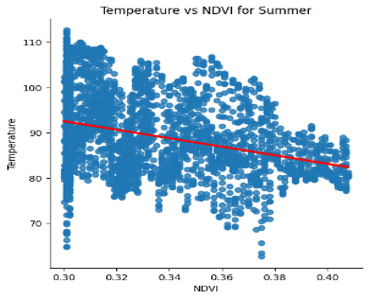
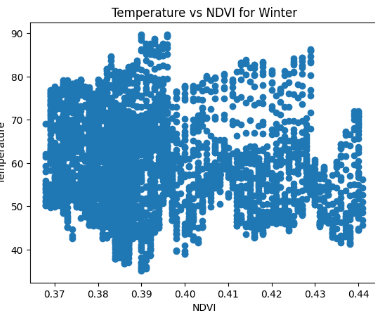
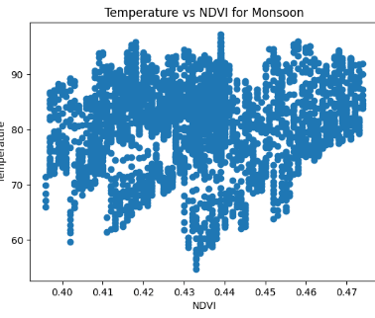
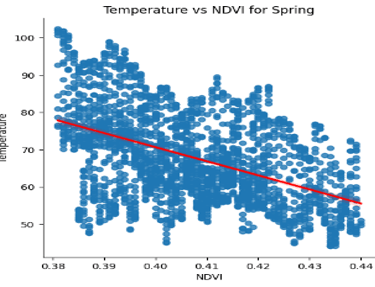
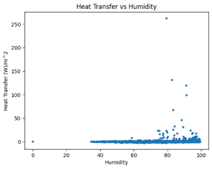
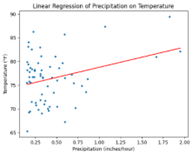

Analysis of Sustainable Design Concepts of a Table Lamp to Minimize the Overall Life Cycle Impact and Carbon Footprint using the Sustainable Minds LCA Software - (Columbia University, NY)
Selected a commercial table lamp and performed NDT (Non-Destructive Testing) to record important physical and material properties. Performed a detailed cost analysis to determine the total cost per unit based on material, manufacturing, transportation, and packaging costs. Calculated the total mPt impact, Carbon Footprint, and lifecycle impact from manufacturing, transportation, use, and disposal, leveraging the Sustainable Minds LCA tool. Designed and developed three alternate concepts with design and material modifications using SolidWorks. Achieved a 71% improvement in mPt ratings, a 20% improvement in the ecological impact category, a 50% improvement in the Carbon Footprint category, and a 25% reduction in the total cost for the best alternative table lamp model.

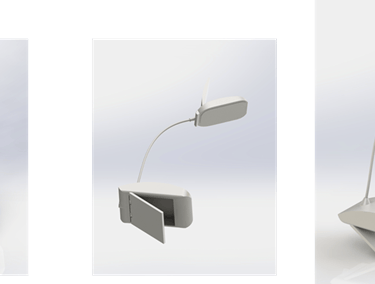
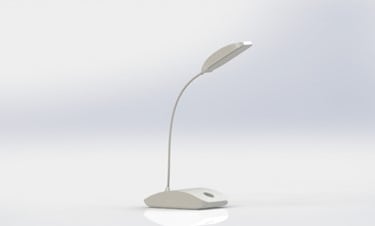
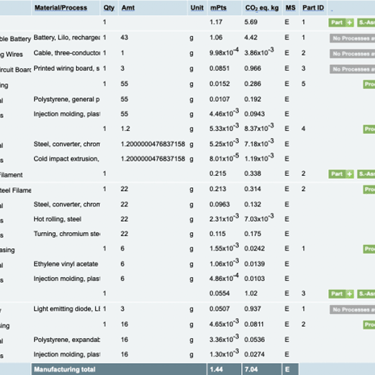
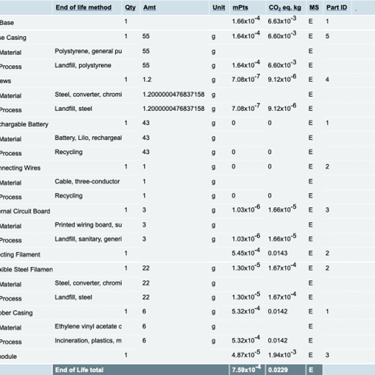
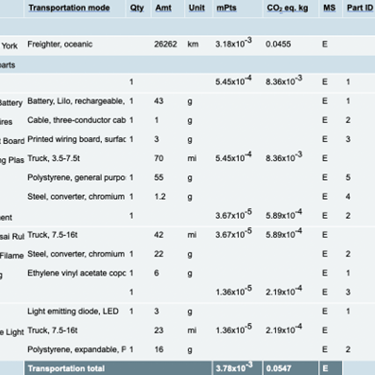
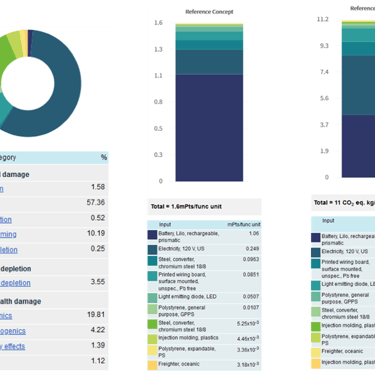
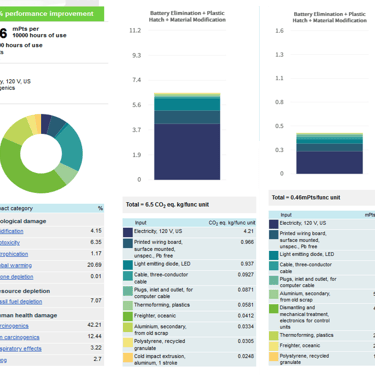

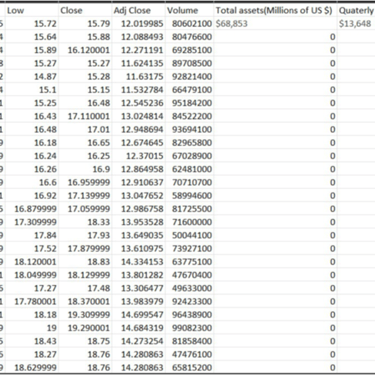
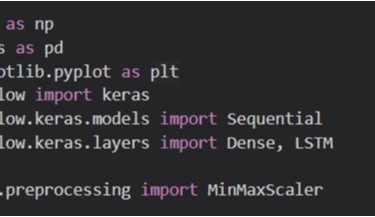


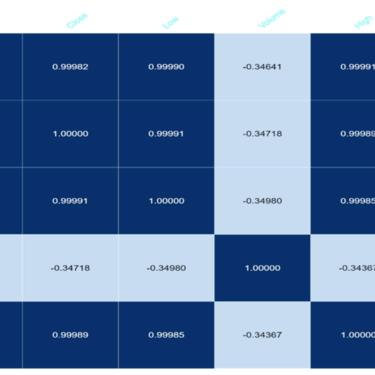
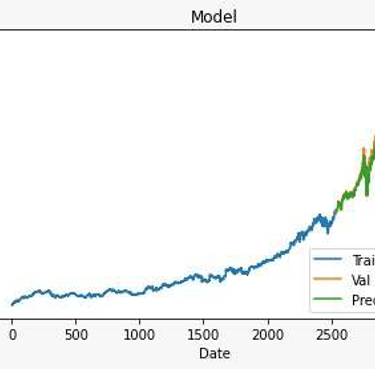
Methods of Solving Kepler's Equation of Orbital Mechanics: A Review (Columbia University, NY)
Conducted an extensive literature review of methods and techniques used to solve Kepler's equation and studied the benefits and drawbacks of these methods. The study delved into four important categories based on the nature of the methods which include Iterative, Graphical, Analytical, and Machine Learning.

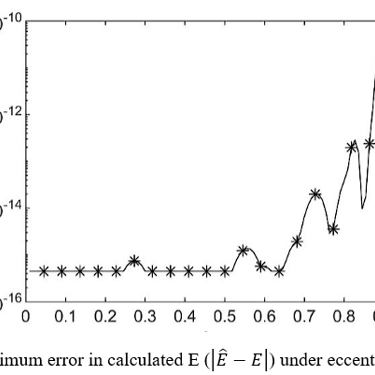

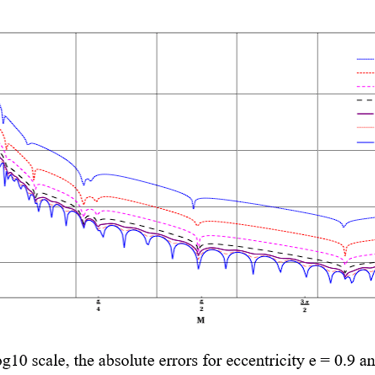
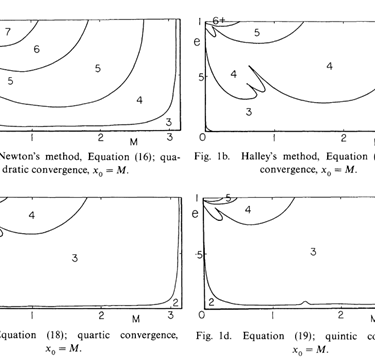
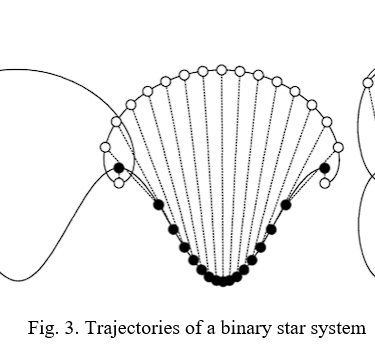
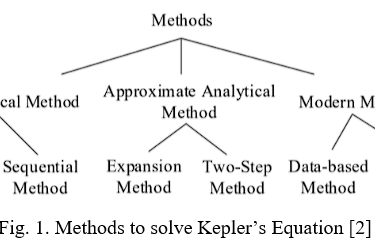
Developing and Analyzing a Post Combustion Point Source Carbon Capture and Storage Facility for the Heidelberg Cement Plant at Mitchell, IN
Analyzed the impacts of retrofitting a hypothetical Post Combustion Point Source Carbon Capture Technology at the Heidelberg Cement Plant in Mitchell, IN, with 90% Capture Efficiency to reduce Carbon Emissions and Ecological Impact. Designed the process and material flow diagram with the MEA (Monoethanolamine) solvent for Carbon Capture and Geological Saline Aquifer Storage. Conducted a thorough Techno-Economic Analysis that included Indicator Assessment, Sensitivity Analysis, and Scenario Analysis to quantify the economics of retrofitting the CCS technology. Assessed the Environmental Impact and conducted an intensive study on the Life-Cycle Analysis of the facility. Achieved a massive Carbon Emission reduction of 2.2 Mt CO2/year and a feasible economic plan by optimizing CAPEX, OPEX, and Revenue Goals.
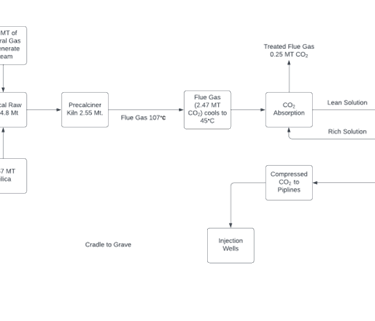

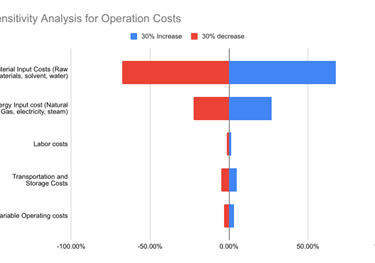
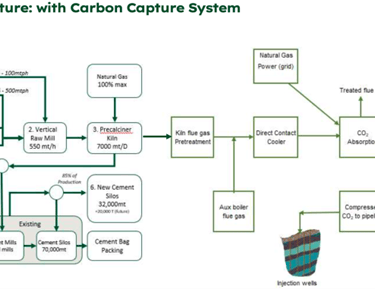

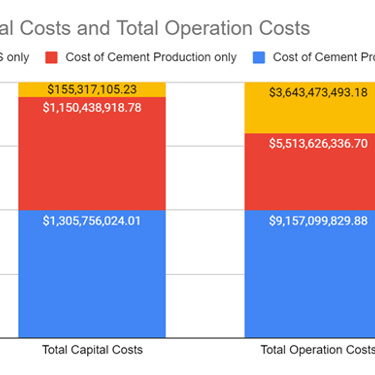
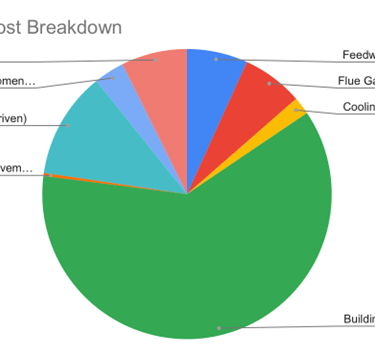

Flexural Analysis of Laminated Nanocomposite Beams - (MITWPU, India)
In this work, the bending strength and stiffness of nanocomposite laminated structure were determined using the 3-point bending conditions according to ASTM D790. The Plates used in the experiment were 8 layers of S2-glass Epoxy nano-composite laminates. The nanocomposite plates were obtained by adding 2%, 4%, 6%, and 8% of Graphene Oxide in weight to the epoxy matrix.
Design and Development of IoT-based Smart Helmet for Two-Wheeler Riders
Supervised a team of 5 members in designing a smart helmet using SolidWorks and validating the design by performing Static and Dynamic (Drop and Impact Tests) Structural Analysis using ANSYS as part of the India Innovation Challenge Design Contest 2019 powered by Texas Instruments, IIM Bangalore, and DST, India. Optimized the design of the helmet by selecting lightweight polymer materials and by performing Topology Optimization in ANSYS. Studied and simulated electronics circuits in PROTEUS to validate the functionality of the modules and electronic sub-systems.
Self Propelled Onion Harvester for SAE Tifan 2020 - (MITWPU, India)
Manufactured a self-propelled onion harvester for the SAE Tifan 2020 competition. Supervised the Mechanism Department for designing and manufacturing the digging, conveyor, and windrowing systems of the harvester.
Smart Vest and Smart Helmet for Military Personnel
Designed and simulated various operations of the smart helmet and vest for military personnel. Developed a Ballistic Protection Level III smart vest and helmet for military personnel. Validated the safety of these designs by performing Static Structural Analysis and Bullet Impact Analysis using ANSYS.
CFD Analysis of Drag Reduction System using Ansys CFX - (MITWPU, India)
In this project, the Drag Reduction System used in modern Formula 1 cars was tested. In the DRS, the opening of the aerofoil flaps on the rear spoiler results in drag and downforce reduction. The CAD models were designed with varying relative flap-separation angles (0, 3, 5, 7 and 9 deg). The analysis was carried out using the turbulence model in the Ansys CFX tool. The values of drag-force and down-force were calculated and compared. The results showed a significant decrease in the values of drag-force and the down-force.
Hybrid Helical Gear with Carbon Fibre Reinforced Polymer for Weight Reduction (B.Tech Thesis)
The objective of the research was to analyze and optimize various hybrid helical gear models with carbon-fiber reinforced polymer parts incorporated into the conventional gear to achieve weight reduction without compromising the safety, reliability and functionality of the transmission components for motorsports and aerospace applications. The components were designed analytically using MATLAB and the 3D CAD designs were designed using SolidWorks and Siemens NX. Structural analysis was performed on ANSYS Workbench where the gear models were subjected to loads and stress data was obtained. Later, fatigue analysis was performed on Ansys Fatigue Tool platform along with modal and vibration analysis of gears on the Siemens Femap with Nastran solver. The results were analyzed and the designs were further optimized to ensure manufacturing feasibility. Later, the most appropriate hybrid gear model was selected based on factors such as strength, fatigue life, vibration characteristics, scalability, % weight reduction and so on. The finalized hybrid gear model was 45% lighter than the conventional gear with exceptionally good safety factor and fatigue life.
Multi-disciplinary Design Optimization of Composite Structures - (MITWPU, India)
The main objective of this study is to review the different MDO (Multi-Disciplinary Design Optimization) frameworks and genetic algorithms applied to the design optimization of composite materials and structures by various researchers in aerospace and automotive industries and to compare their capabilities and constraints.
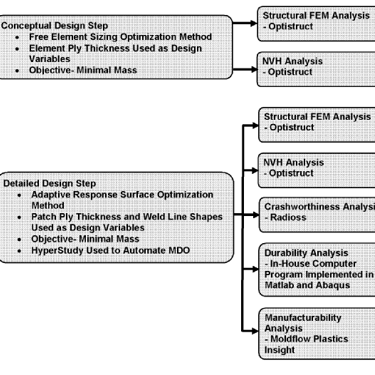
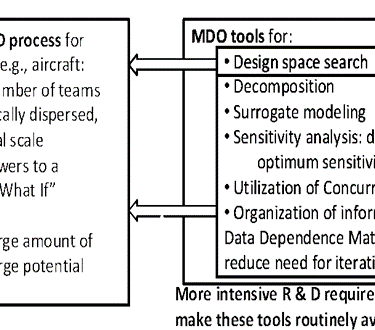
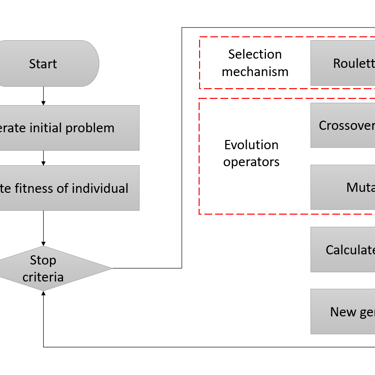
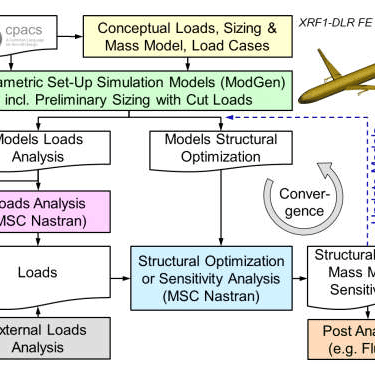
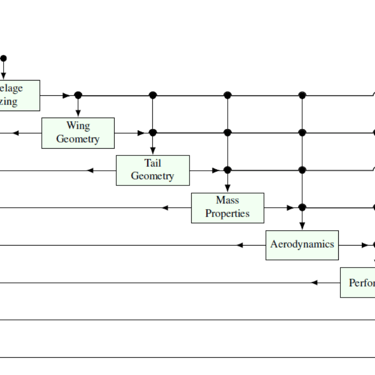
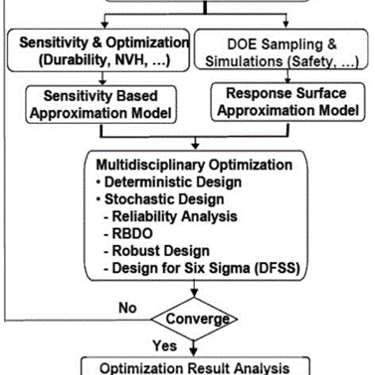
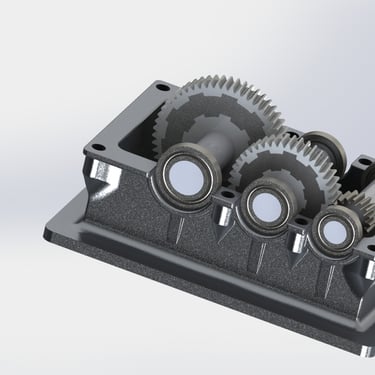
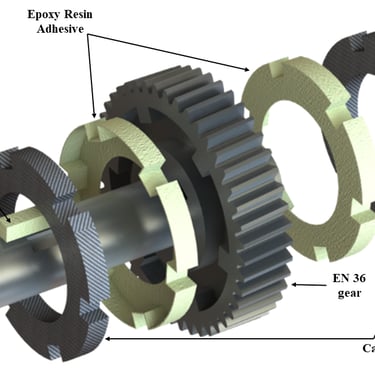
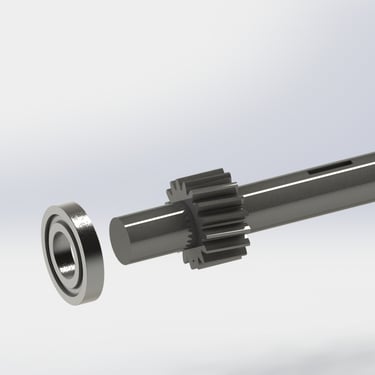
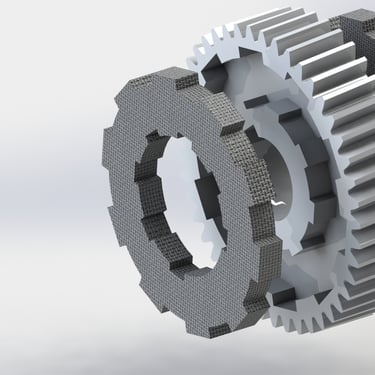
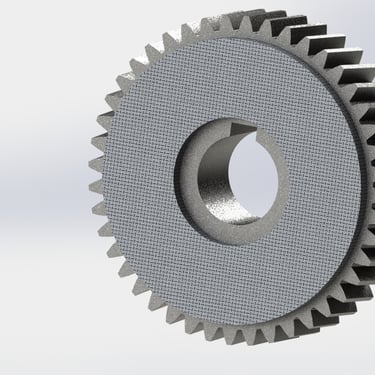
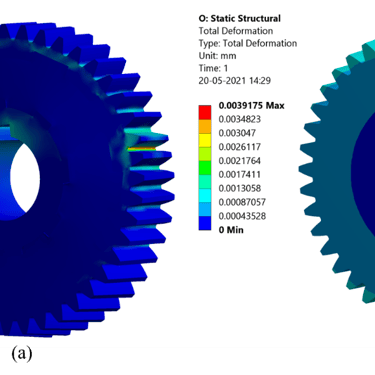
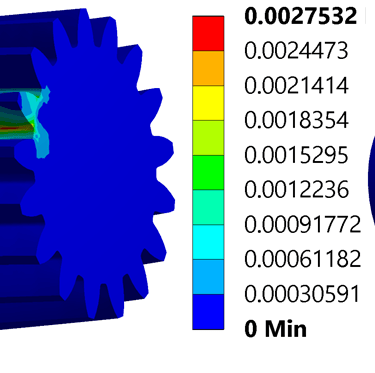

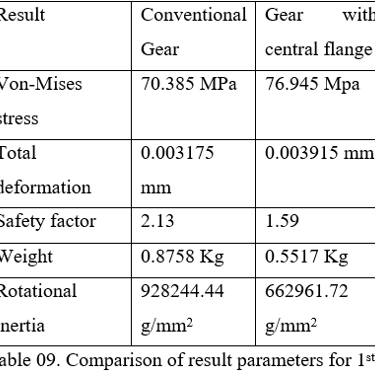
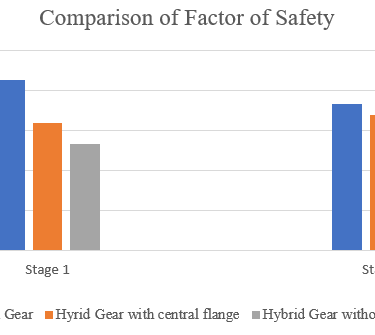
-YX44MZbPVBcwJ9QV.png)
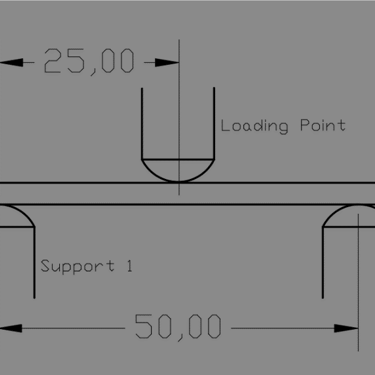

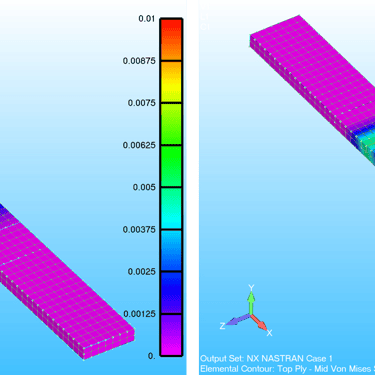


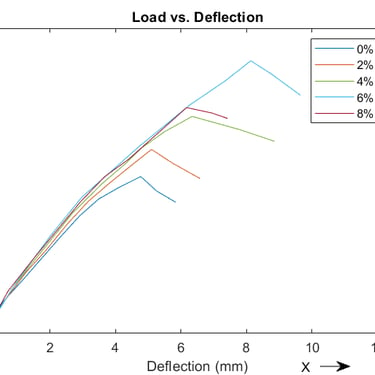

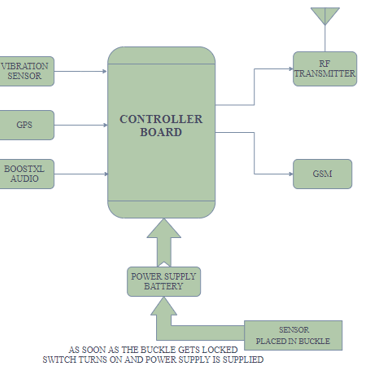

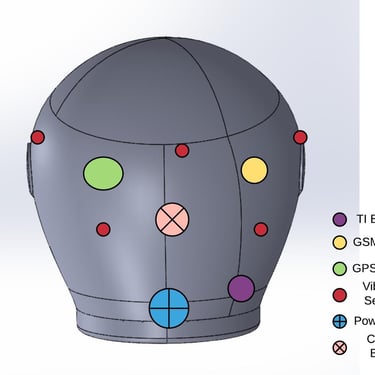
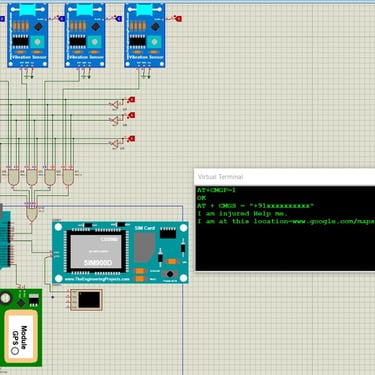
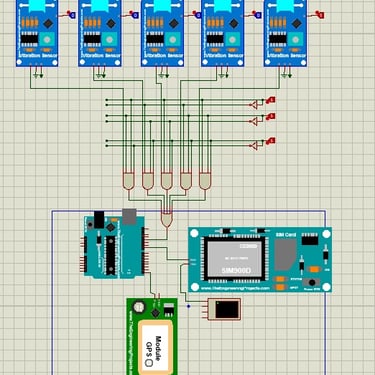
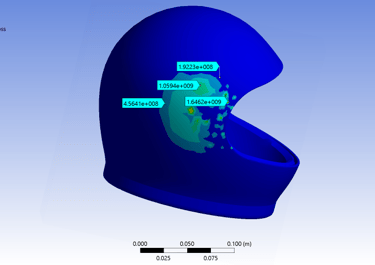
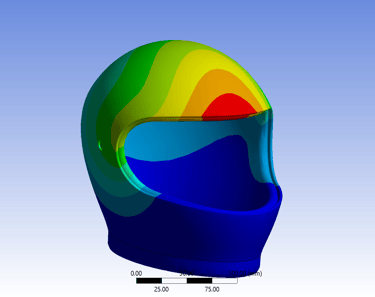

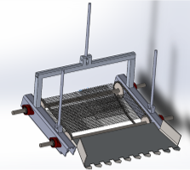



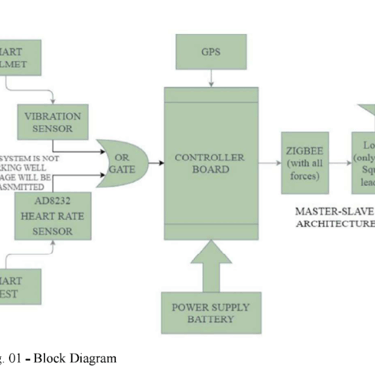
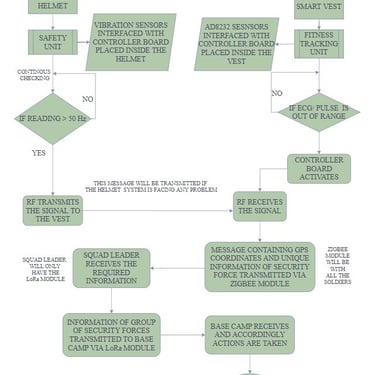
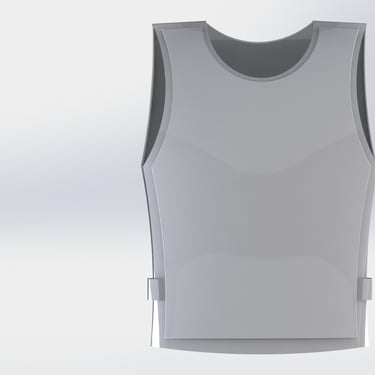
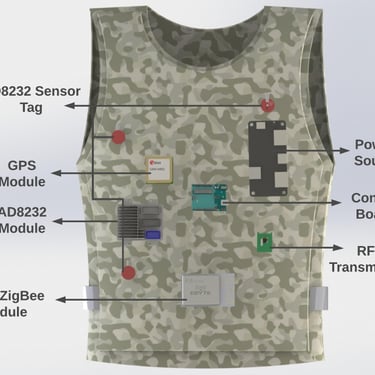



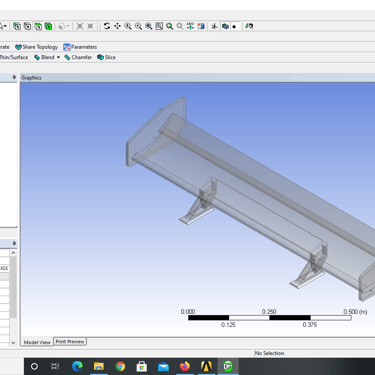
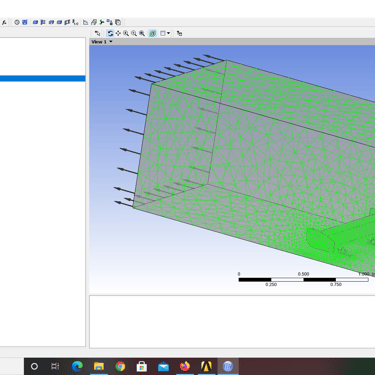
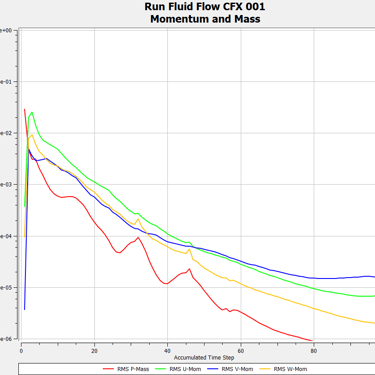



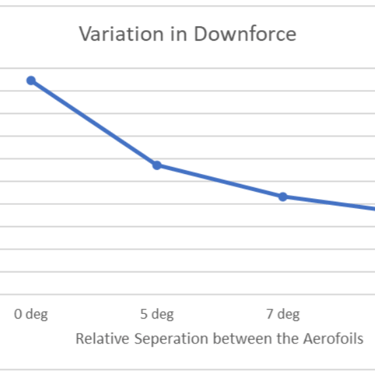
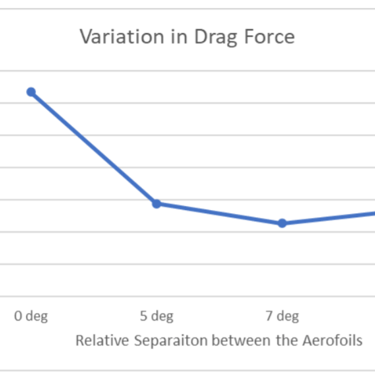
Determination of Stress Intensity Factor using Experimental and Numerical Approach - (Columbia University, NY)
Calculated the stress intensity factor experimentally using a single-edge notched specimen under tensile loading. Compared these results with numerical calculations pertaining to a theory on opening-mode stress intensity factor determination with 80% accuracy
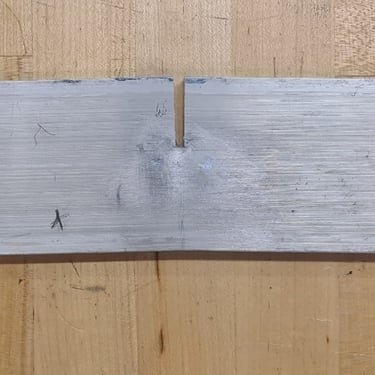
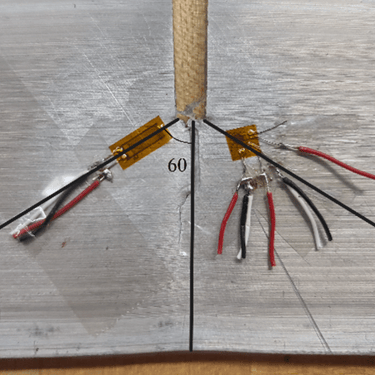

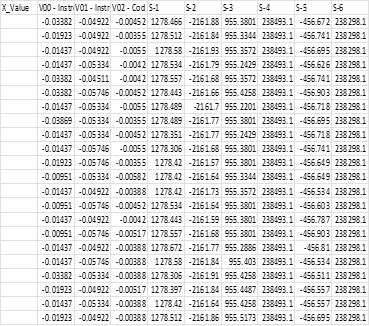
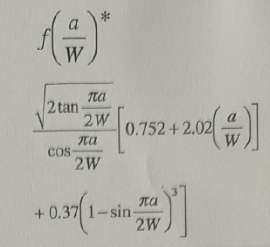
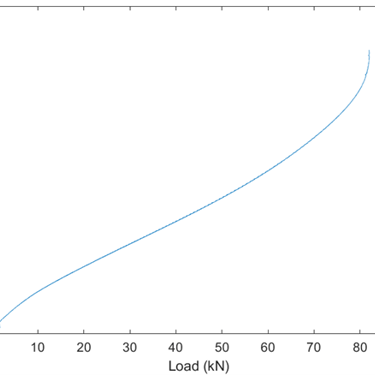

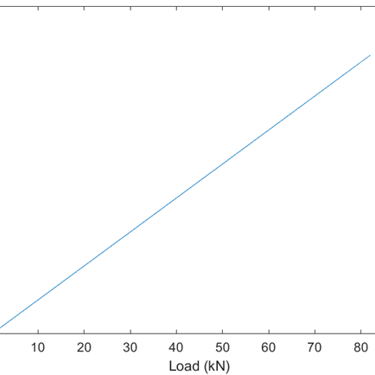
2D and 3D DIC of a Flat Plate with Center Hole Subjected to Far Field Tensile Loading - (Columbia University, NY)
Determined the strain field in a flat plate with a center hole subjected to tensile loading using 3D and 2D DIC techniques. Validated the results using strain gauges placed on the near and far field areas. Analyzed the live speckled images of the specimen undergoing deformation during the tensile test using ARAMIS 3D Pro and VIC 2D software and extracted the required strain results. Compared the DIC data to the strain gauge DAQ system data and obtained an accuracy of 99%.


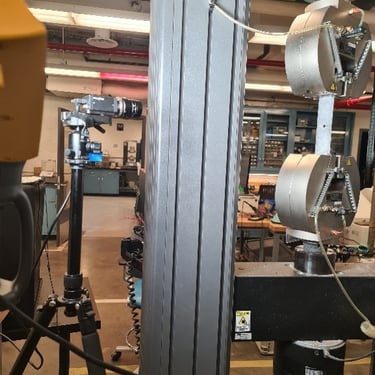

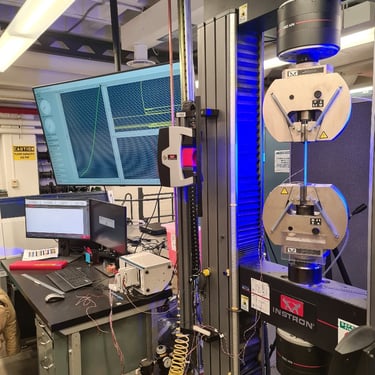
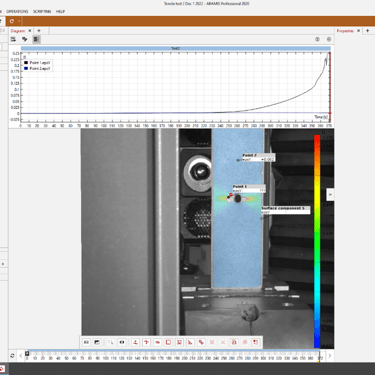
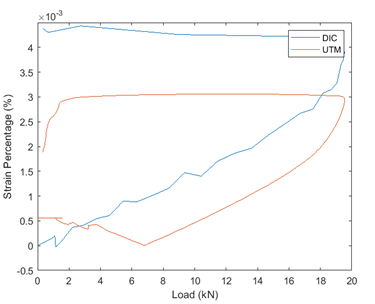
Analysis of Green Energy Supply Scenarios for Electricity Price Minimization in NYS - (Columbia University, NY)
Devised a methodology to optimize the utility of renewable resourses and non-renewable resources with current NY state electricity infrastructure to minimize GHG emissions and electricity prices in New York State.
Linear Translation Estimation with 2D Digital Image Correlation using MATLAB - (Columbia University, NY)
Designed a 2D-DIC algorithm in MATLAB using cross-correlation method to computationally estimate the displacement of a speckled specimen subjected to controlled vertical and horizontal movement. Employed the sliding window technique to scan a correlate the subset of displaced image pixel value array with the original undisplaced image pixel value array resulting in 91% accuracy.
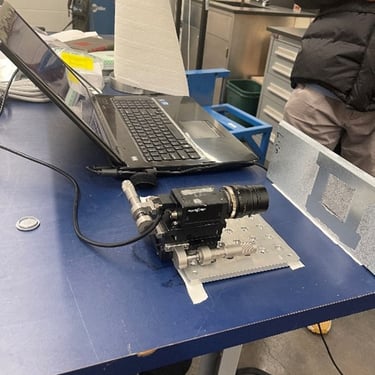
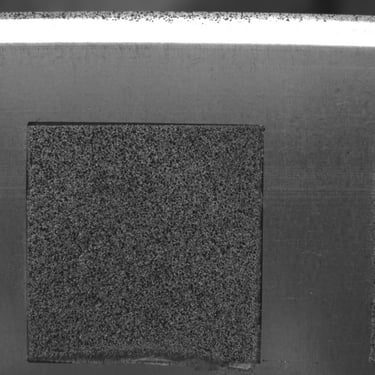



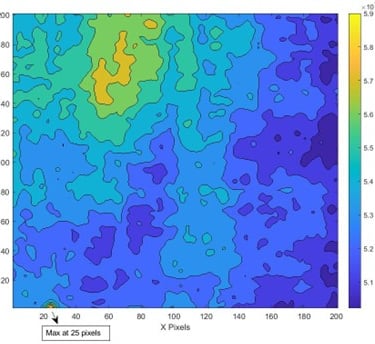
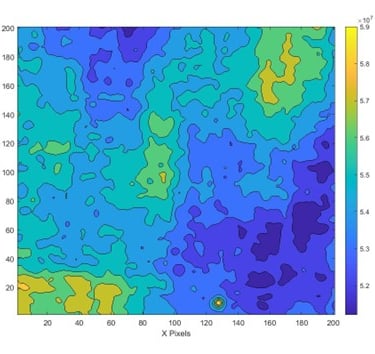
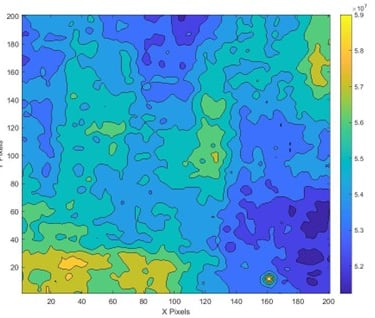
Blog Posts and Videos
Understanding Supply and Demand in the Stock Market
Understanding Research Journal Metrics, Author Metrics and how to select a journal for your article

Writing Sample
A writing sample on Minimum Quantity Lubrication

Get in touch
Ⓒ2025 by Sumedh Joshi